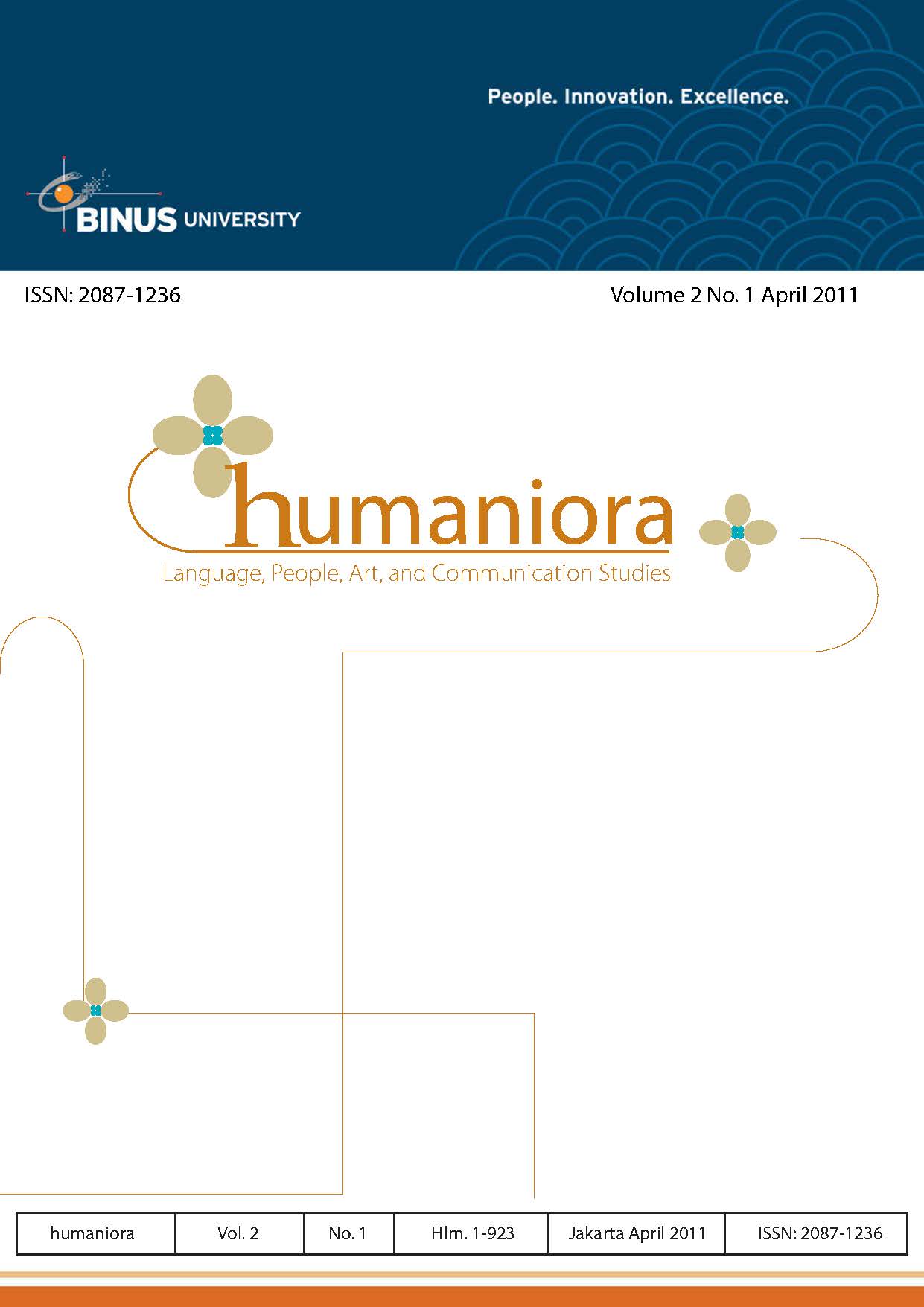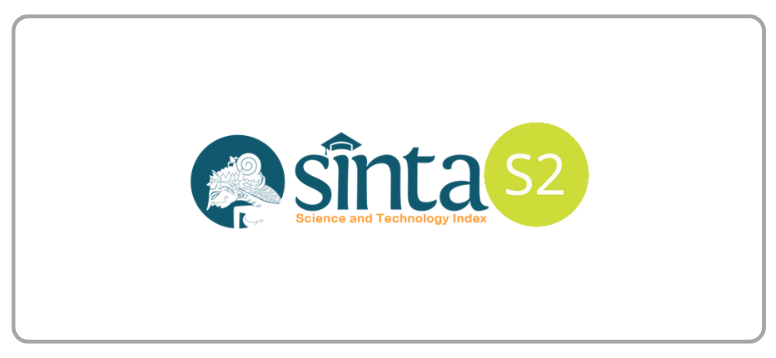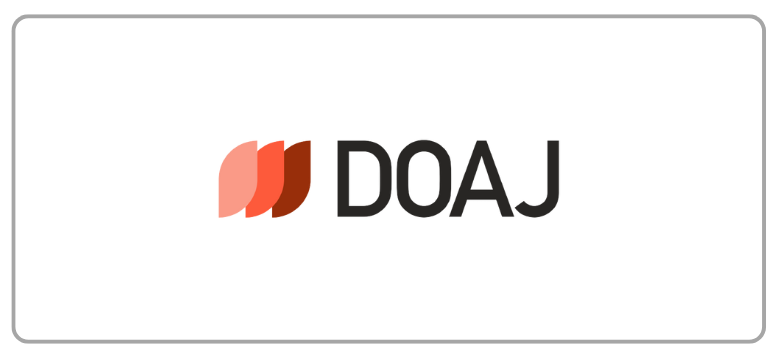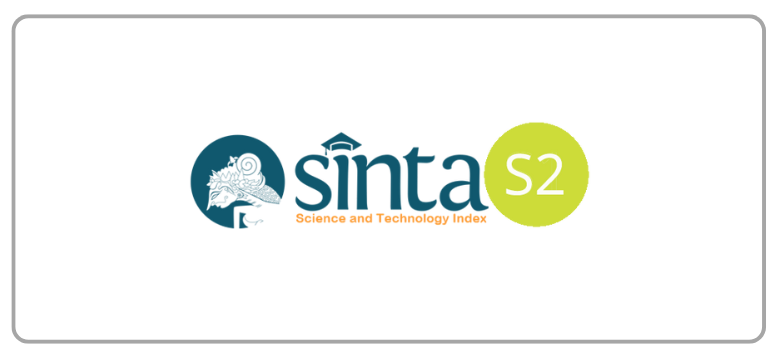Dampak Iklan terhadap Kelas Sosial dalam Masyarakat
DOI:
https://doi.org/10.21512/humaniora.v2i1.3020Keywords:
advertisement, social class, societyAbstract
Article described the growth of advertisement in Indonesia that is quite rapid and its’ impacts on the social classes. Advertisement’s rapid growth was evidenced by the relatively high increase in expenditure, i.e. up to 13 percent. If calculated to October 2009, the total advertising expenditure Indonesia had reached 40 trillion IDR. Advertising was often considered as a cause of increased consumptive lifestyles in society. In addition, advertising was considered to be responsible in creating social classes in society. Therefore, article would like to discuss how these ads can distinguish groups of people with communication conducted in an advertisement.
Â
References
Diunduh dari http://www.solopos.com/2010/ekonomi-bisnis/nielsen-belanja-iklan-di-indonesia-rp-485-triliun-tahun-2009-12326, diakses 21 Januari 2011)
MazEka (2010), Print Ad Atiqah Hasiholan by LUXfanatic, Diunduh dari http://luxfanatic.blogspot.com/2010/11/new-lux-star-atiqah-hasiholan.html, diakses 22 Januari 2011)
Solo Pos (2010), Nielsen: Belanja iklan di Indonesia Rp 48,5 triliun tahun 2009, (Online)
Williamson, J. (1978). Decoding Advertisements: Ideology and Meaning in Advertising, London: Marion Boyars Publisher.
Downloads
Published
How to Cite
Issue
Section
License
Authors who publish with this journal agree to the following terms:
a. Authors retain copyright and grant the journal right of first publication with the work simultaneously licensed under a Creative Commons Attribution License - Share Alike that allows others to share the work with an acknowledgment of the work's authorship and initial publication in this journal.
b. Authors are able to enter into separate, additional contractual arrangements for the non-exclusive distribution of the journal's published version of the work (e.g., post it to an institutional repository or publish it in a book), with an acknowledgment of its initial publication in this journal.
c. Authors are permitted and encouraged to post their work online (e.g., in institutional repositories or on their website) prior to and during the submission process, as it can lead to productive exchanges, as well as earlier and greater citation of published work.
USER RIGHTS
All articles published Open Access will be immediately and permanently free for everyone to read and download. We are continuously working with our author communities to select the best choice of license options, currently being defined for this journal as follows: Creative Commons Attribution-Share Alike (CC BY-SA)




















